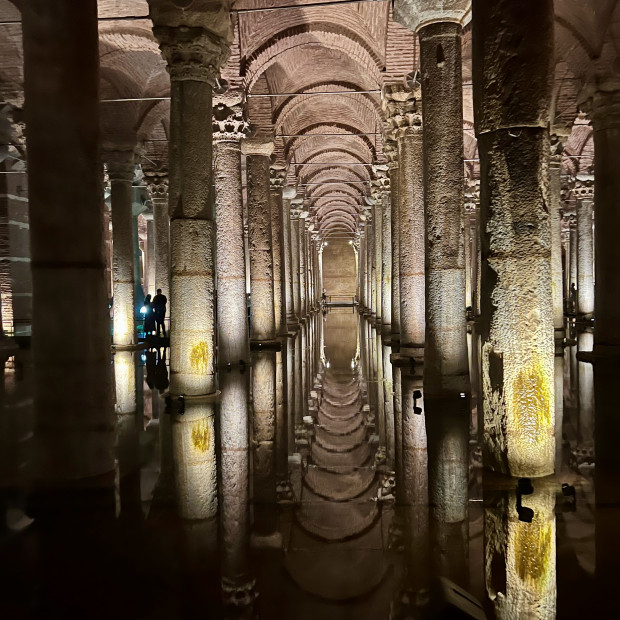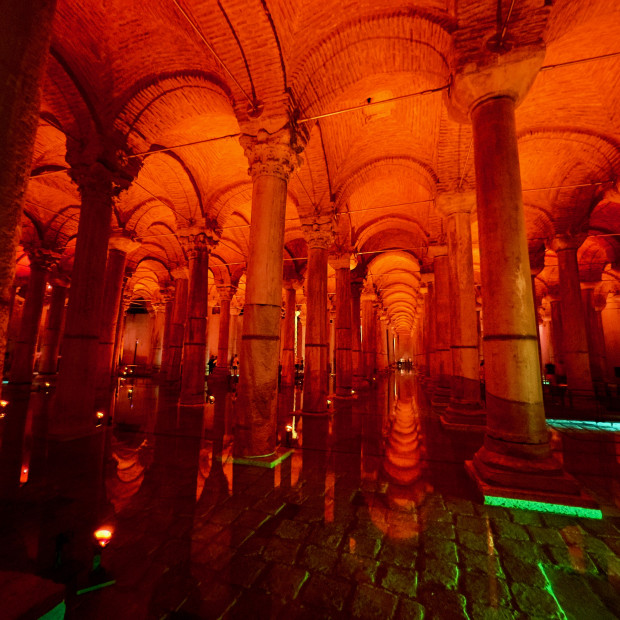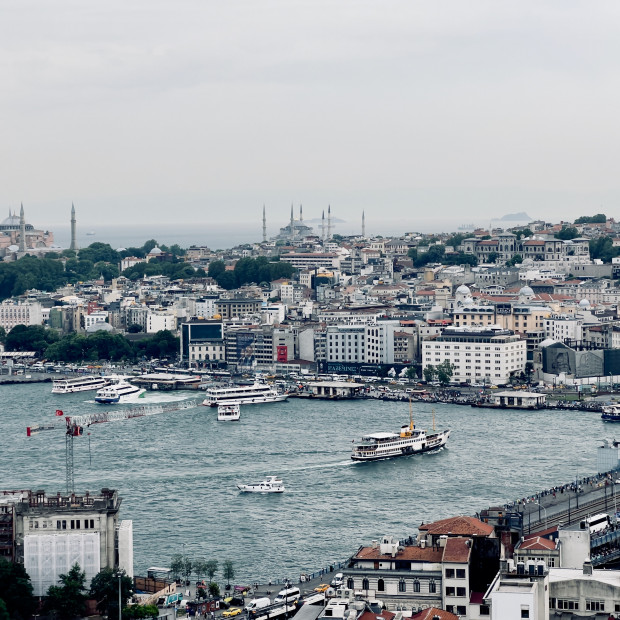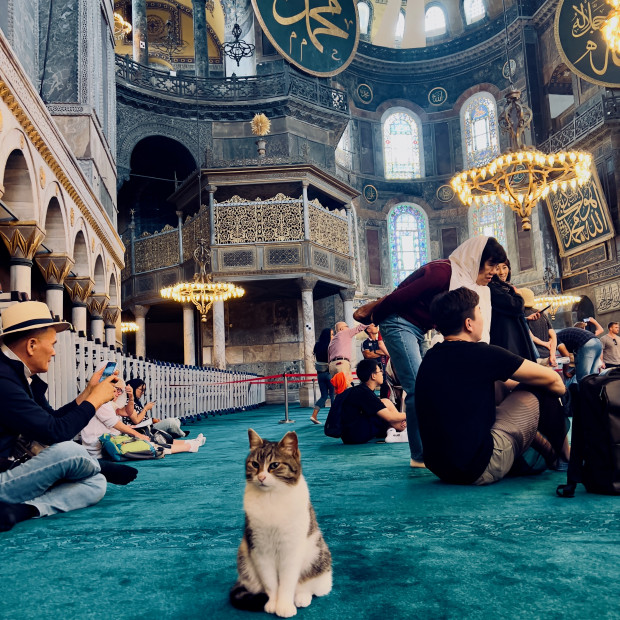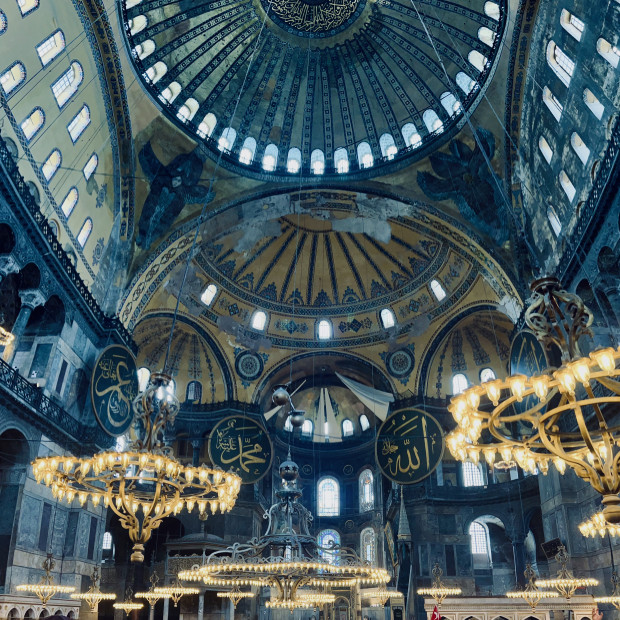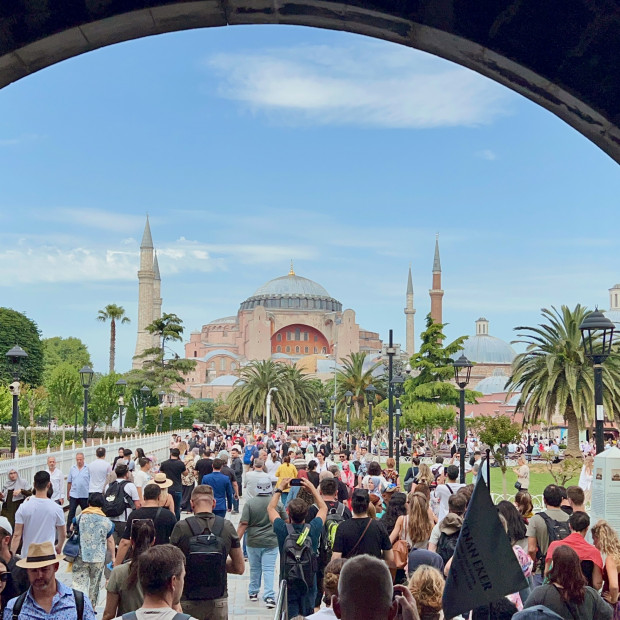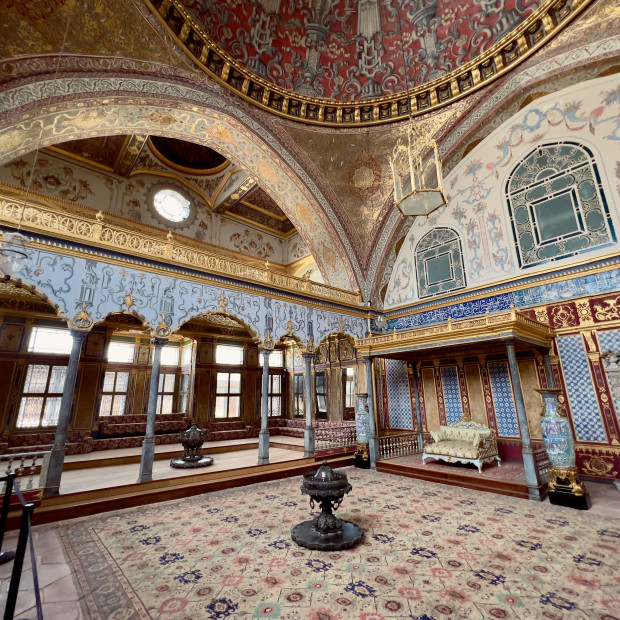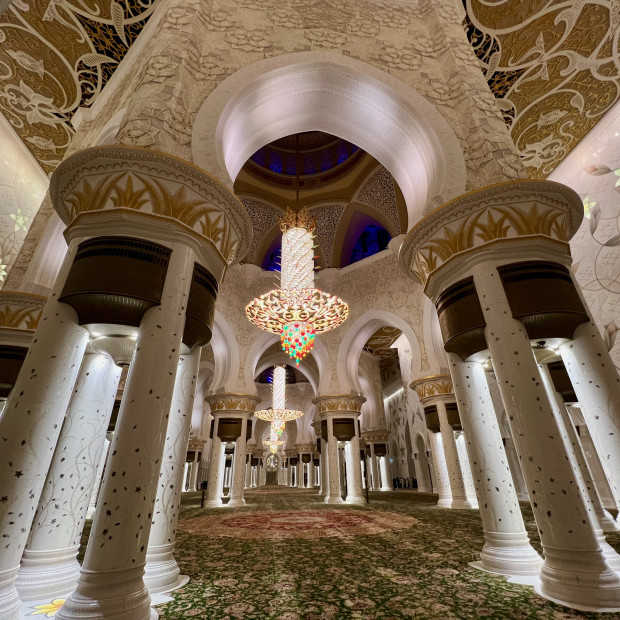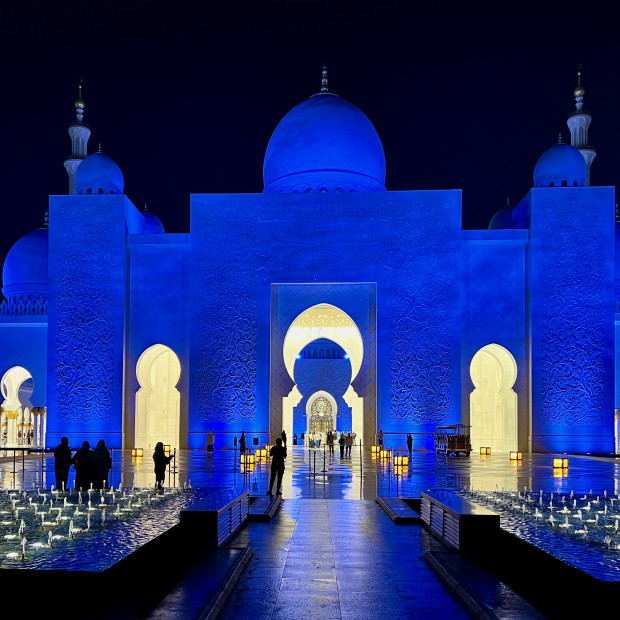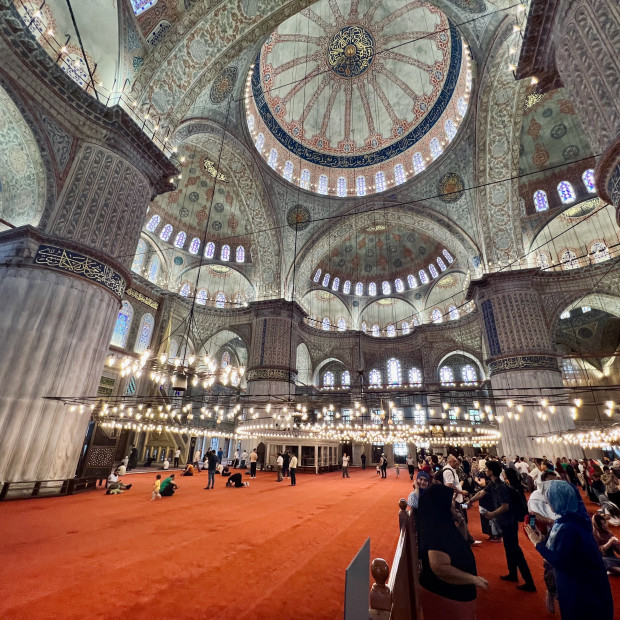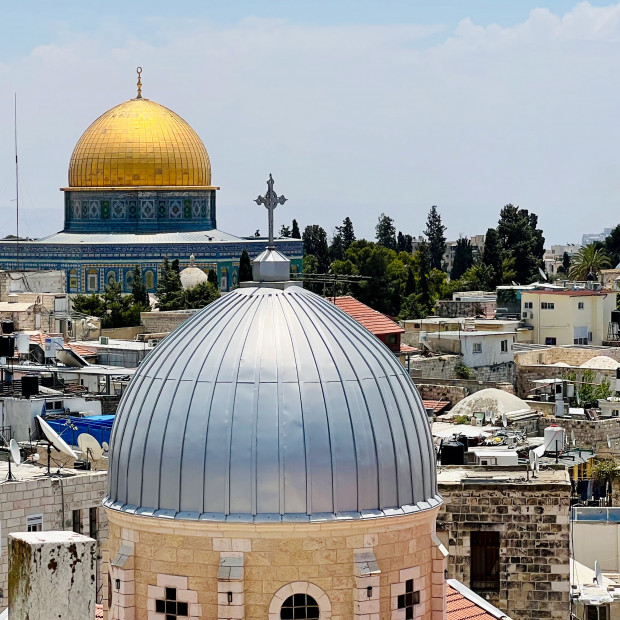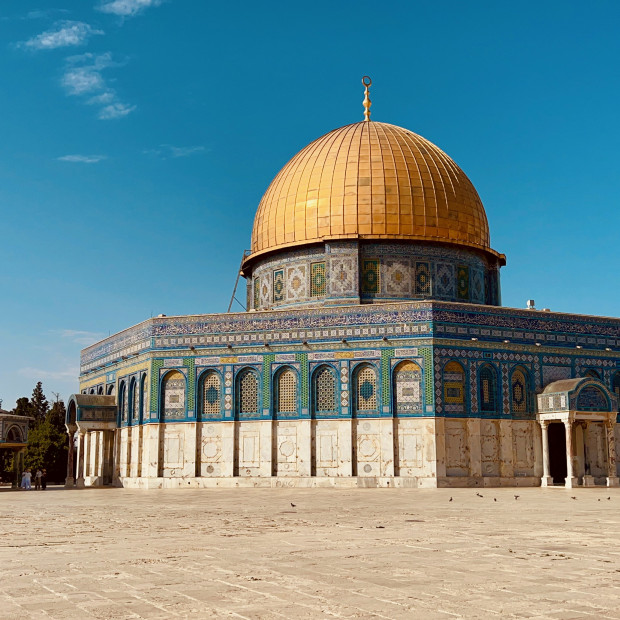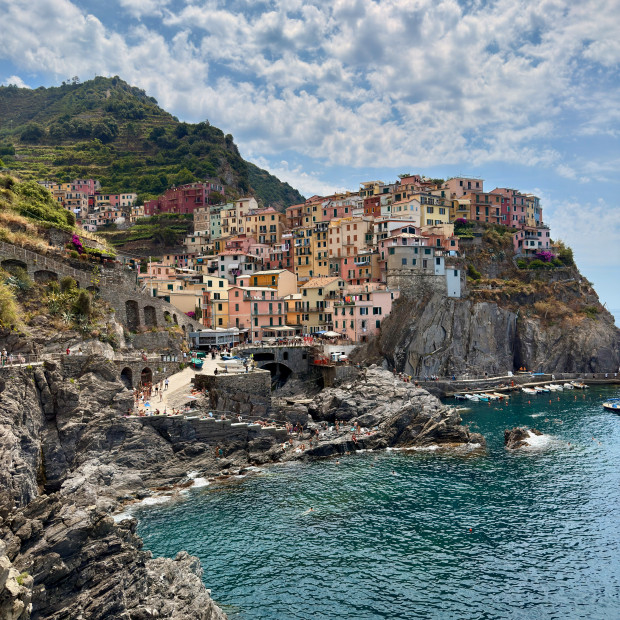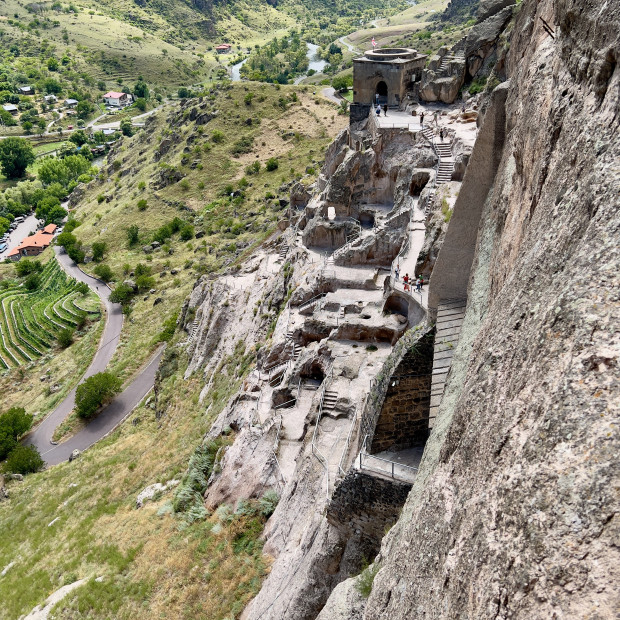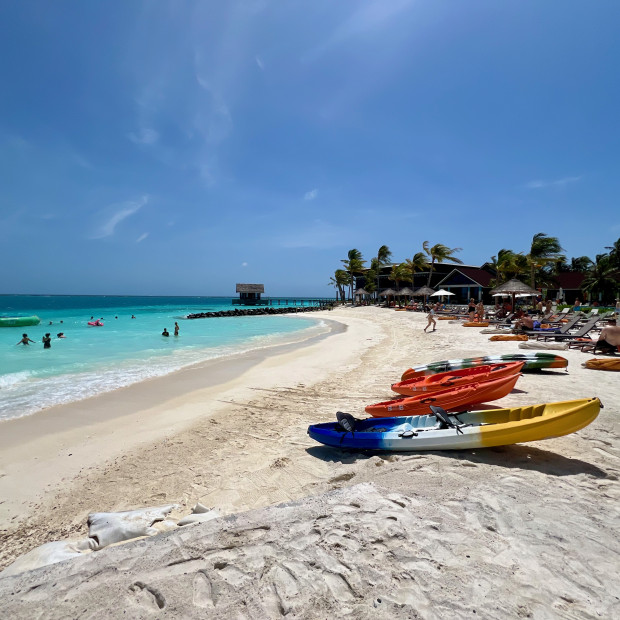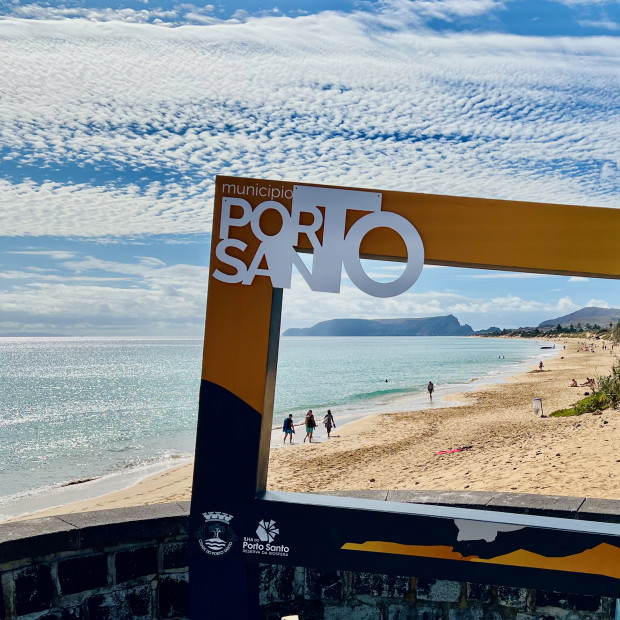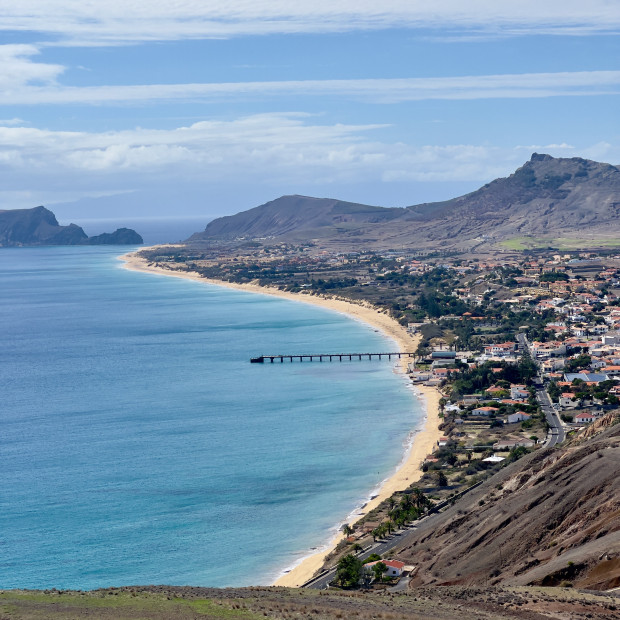About this place
The Blue Mosque, also known as the Sultan Ahmed Mosque, is a historic mosque located in Istanbul, Turkey. It is one of the most iconic landmarks of the city and a significant example of Ottoman architecture.
Construction of the Blue Mosque began in 1609 and was completed in 1616 during the reign of Sultan Ahmed I. The mosque was designed by the architect Sedefkar Mehmed Agha, who drew inspiration from several architectural styles, including Byzantine and Islamic elements.
The mosque is renowned for its stunning interior and exterior design. Its name "Blue Mosque" comes from the thousands of blue tiles adorning the walls of the interior, creating an impressive visual effect. The grand dome, six minarets, and numerous smaller domes and semi-domes contribute to the mosque's majestic appearance.
The Blue Mosque is not only a place of worship but also a popular tourist attraction. Visitors can enter the mosque through designated entrances and experience its intricate design, including the central prayer hall, the ablution fountains, and the impressive mihrab (prayer niche). It is important to note that visitors are expected to dress modestly and respectfully when entering the mosque.
Adjacent to the Blue Mosque is the Hippodrome Square, which was once the center of Byzantine social and political life. This area offers additional historical sites to explore, including the Obelisk of Theodosius, the Serpent Column, and the German Fountain.
The Blue Mosque remains an active place of worship, accommodating daily prayers and Friday congregational prayers. It continues to be a symbol of Istanbul's rich history, religious significance, and architectural grandeur.


